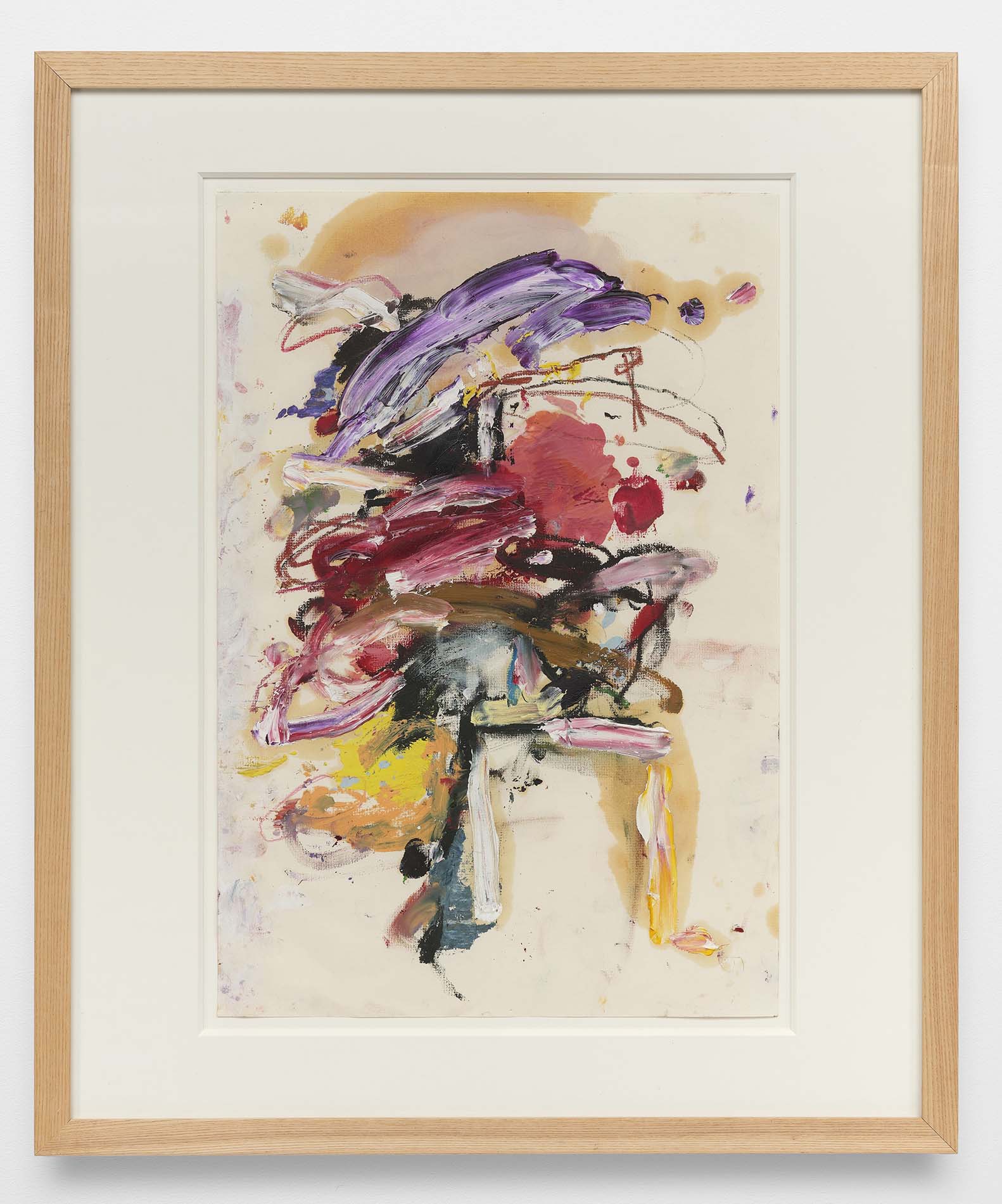Kikuo Saito moved to the US from his native Japan in 1966 at age 26 and worked as an assistant for Helen Frankenthaler, Kenneth Noland, and Larry Poons. Throughout his long and varied career his work incorporated many of the styles and processes of the time—among them, Color Field, gestural abstraction, and calligraphic line work. His distinctive ability to make works that hover between image and abstraction are described by Hal Foster:
At once wholly visual and utterly philosophical, the art of Kikuo Saito prompts essential questions about drawing and painting—and makes them almost impossible to answer. What counts as a gesture, and when does it become a sign? How does a figure come to be, and does it always produce a ground in turn? […] How does an image appear, and can it be made to disappear at the same time—or, better, coaxed to linger in a limbo between these two states? By what criteria do we designate an image as representational or abstract, and might a drawing or a painting claim a space between or beyond these two realms?
Saito’s work has been the subject of solo exhibitions at KinoSaito, Verplanck; Fort Lauderdale Museum; Duke University Museum of Art, Durham; and Galerie Rüdiger, Schöttle, Munich, among others. His work can be found in the collections of MoMA, New York; the Whitney Museum, New York; Nasher Art Museum, Durham; The Aldrich Contemporary Art Museum, Ridgefield; and Edmonton Art Gallery.
